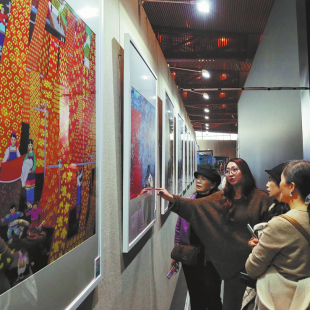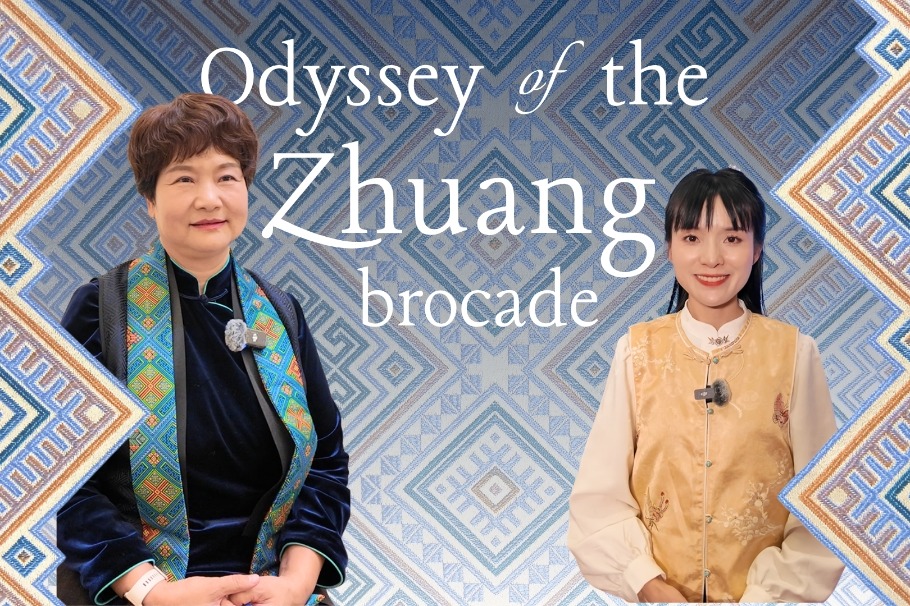Digitalization empowers China's cultural centers
Annual conference highlights the growing integration of technology into rural vitalization and how it boosts local learning and arts participation, Yang Feiyue reports.


The "AI plus smart services" demonstrates intelligent tools such as activity assistants, AI guides, teaching companions, and recommendation engines. The "AI plus aesthetic education" focuses on digitalized arts training and smart classrooms, while the "AI plus co-creation" opens cultural spaces to interactive, public participation. The last section, "AI plus cultural performance", presents new formats for immersive exhibition and stage shows.
Much of the content is supported by local databases, Zhang notes.
"Many of the projects are not simple stand-alone devices but interconnected systems that integrate regional cultural resources," he says.
"They can be used for exhibitions, introductions, guided tours, or whatever a cultural center needs, and is suitable for all age groups."
China's journey in digital public culture began in 2002 with the National Cultural Information Resources Sharing Project, followed by the construction of digital cultural centers in 2015.




































